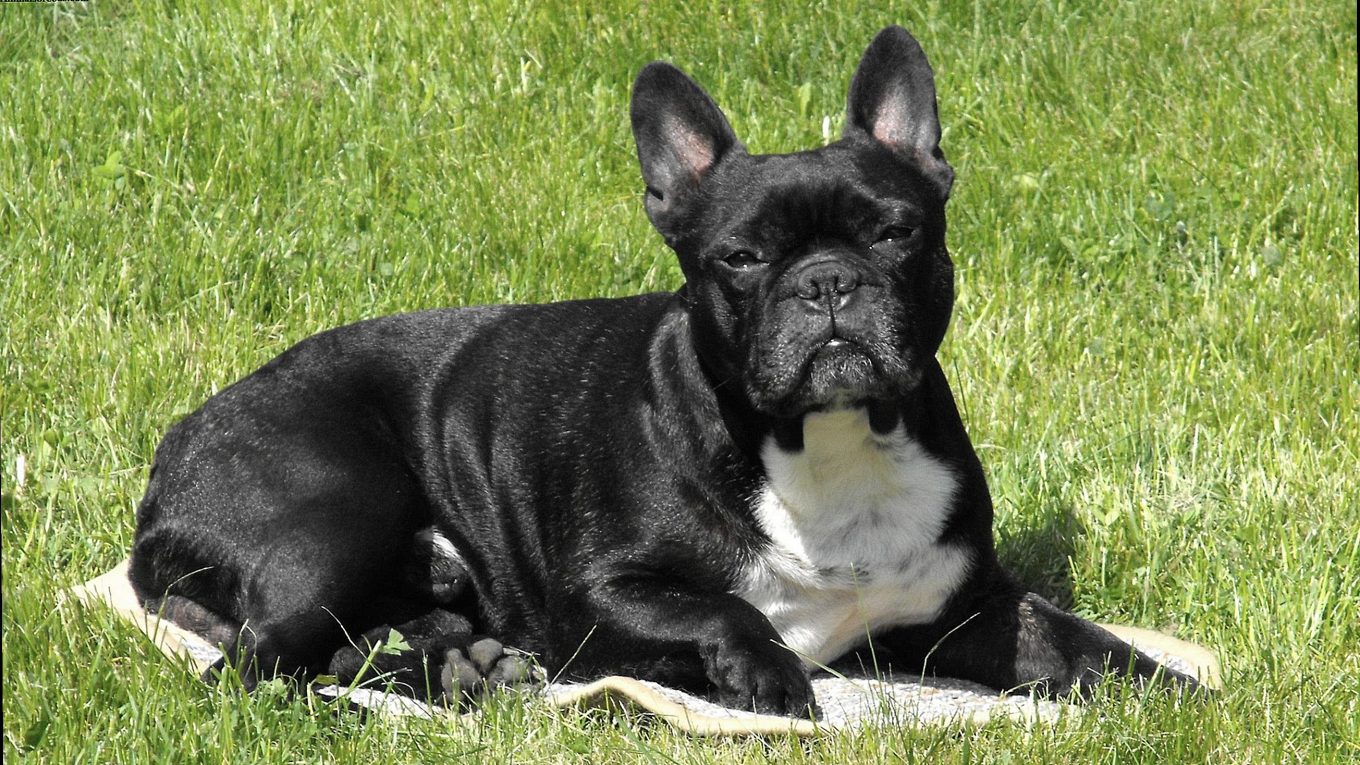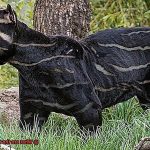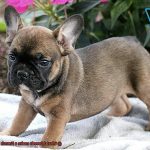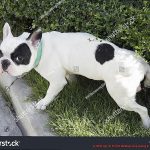What breeds make up a French Bulldog?
Have you ever laid eyes on a French Bulldog?
Those adorable, stocky little creatures with their unique facial features are hard to resist, right? But have you ever wondered what breeds make up this delightful canine?
Well, today we’re gonna dive deep into the ancestry of the French Bulldog and uncover the fascinating mix of breeds that contribute to their charming personality and distinctive appearance. From their English Bulldog ancestors to the intervention of toy breeds like the Pug and the Terrier, the French Bulldog is a delightful blend of diverse influences.
So, grab yourself a cuppa and let’s embark on a journey to uncover the captivating history behind this beloved breed.
The History and Origin of French Bulldogs
Contents
- 1 The History and Origin of French Bulldogs
- 2 The Primary Breeds Behind the Development of French Bulldogs
- 3 The Impact of the English Bulldog on French Bulldogs
- 4 How the Industrial Revolution Influenced the Breed’s Development
- 5 Introducing Toy Bulldogs into the Breeding Program
- 6 Refining the Features of a French Bulldog
- 7 Current Breeding Programs for French Bulldogs
- 8 Established Breed Standards for French Bulldogs
- 9 Conclusion
Well, get ready to embark on a journey through time as we unveil the captivating story behind the French Bulldog breed.
Lace Workers and Their Bulldog Companions:
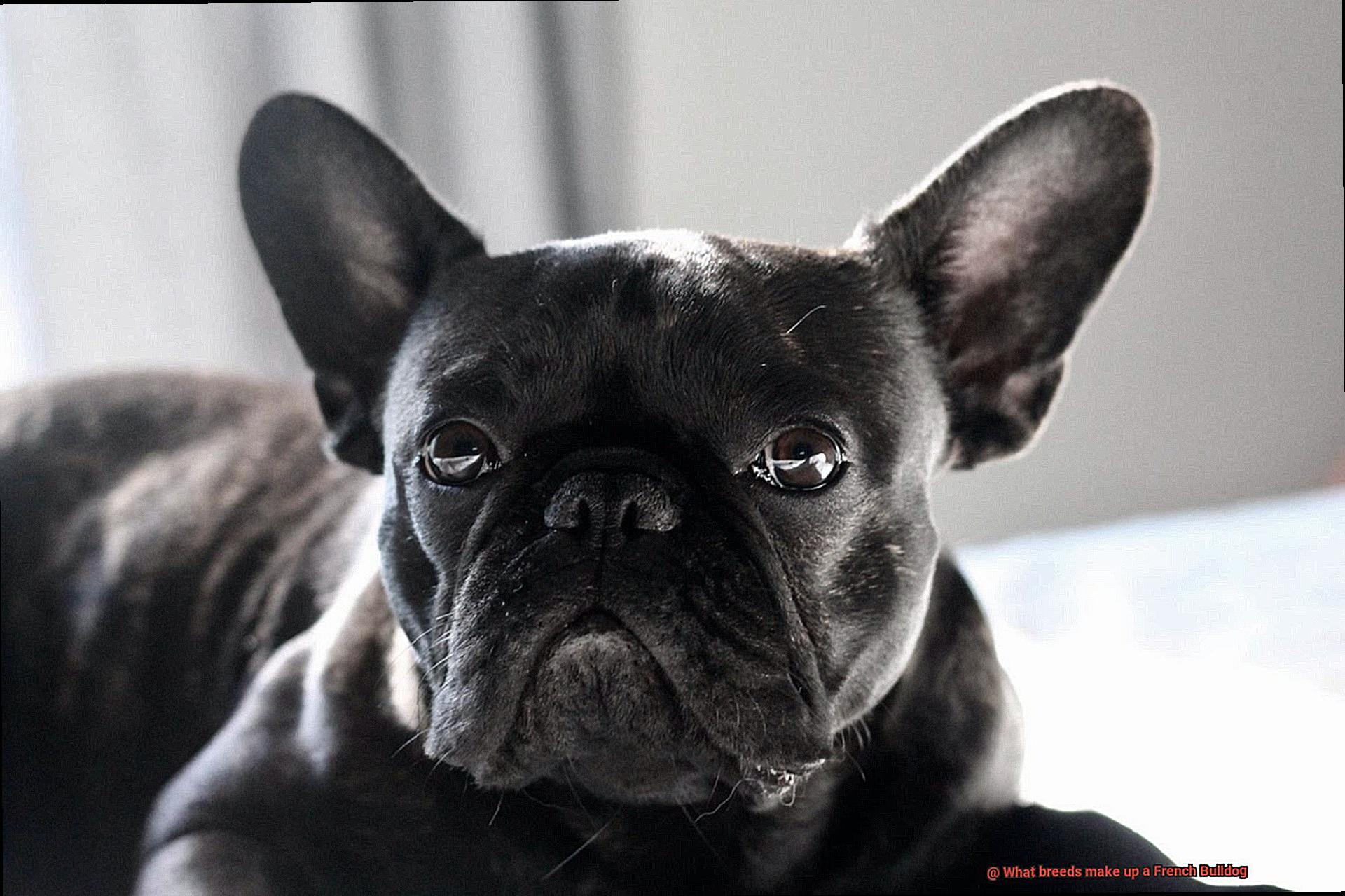
Picture this: It’s the 1800s, and lace workers from Nottingham, England find themselves displaced during the Industrial Revolution. These artisans, known for their intricate lace-making skills, bring along their beloved miniature bulldogs to keep them company. Little did they know that these furry friends would play a crucial role in shaping the French Bulldog we adore today.
A Fusion of Breeds in France:
As fate would have it, these miniature bulldogs found favor with the locals in France. Breeders in France began crossing them with local breeds such as the terrier Boule-Dog Francais and the ratter Bouledogue Ratier. This crossbreeding gave rise to a new breed that combined the best traits of both English and French dogs, creating the foundation for the French Bulldog we know and love.
Rise to Fashionable Fame:
In the late 19th century, French Bulldogs caught the eye of Parisian elites who saw them as fashionable pets. Their distinctive appearance, with those endearing bat-like ears and a stocky build, quickly became iconic. These lovable companions were showcased in dog shows across France and England, solidifying their place in society.
The Transatlantic Journey:
Soon enough, French Bulldogs embarked on a transatlantic journey to America. With their charm and irresistible personalities, they quickly won the hearts of Americans, making their mark as one of the most beloved companion breeds in the United States.
Global Recognition and Continued Adoration:
French Bulldogs continue to captivate hearts worldwide. Major kennel clubs, such as the American Kennel Club and The Kennel Club (UK), recognize them as a distinct breed. Their popularity continues to soar, thanks to their affectionate nature, adaptability, and unique personality.
The Primary Breeds Behind the Development of French Bulldogs
In this blog post, we’ll delve into the captivating history of our beloved breed and explore the primary breeds that played a vital role in shaping today’s French Bulldogs. Join me on this fascinating journey.
English Bulldog: The Foundation:
The English Bulldog lays the groundwork for the French Bulldog’s development. Breeders crossed English Bulldogs with smaller canines like terriers to create a more compact version with distinctive bat ears. This infusion added an endearing charm and unique appearance to our furry friends.
Pug: Compact Size and Playful Temperament:
The Pug, with its compact size and playful disposition, was another instrumental breed in the creation of French Bulldogs. Its influence brought a touch of mischievousness and vivacity to our adorable companions.
Other Influential Breeds:
While the English Bulldog and Pug were key contributors, there is evidence suggesting the involvement of other breeds as well. Toy Bulldogs, known for their petite stature, and possibly even French Terriers, might have played a role in shaping the French Bulldog’s distinctive traits.
Selective Breeding: Crafting Perfection:
Breeders meticulously employed selective breeding techniques to refine the physical attributes and temperament of French Bulldogs. Their aim was to create a small, compact dog with a friendly and affectionate nature – a true companion for life.
Distinctive Appearance: Stocky Body, Square Head, and Bat Ears:
Through careful crossbreeding efforts, French Bulldogs gained their iconic appearance. They possess a stocky body, a large square head, and prominent bat ears – features that have become synonymous with the breed’s charm and allure.
Global Popularity: From France to the World:
French Bulldogs quickly won hearts not only in France but across the globe. Their adaptability to urban living, delightful personality, and loyal nature made them the perfect companions for people from all walks of life.
The Impact of the English Bulldog on French Bulldogs
In this post, we delve into the fascinating impact of the English Bulldog on the development of French Bulldogs. Prepare to discover how these two breeds intertwine and how the English Bulldog has influenced the physical attributes, temperament, and overall charm of our beloved Frenchies.
The English Bulldog’s Influence on Physical Characteristics:/strong>
- Body Structure: The English Bulldog’s sturdy and muscular physique serves as a cornerstone for the French Bulldog’s compact yet muscular body.
- Facial Features: Both breeds share a pushed-in nose and pronounced underbite, giving them their adorable “smooshed” faces. However, breathing difficulties are more common in English Bulldogs due to their larger size.
- Size Adaptation: The French Bulldog is smaller than its English counterpart, making it more suitable for apartment living and urban environments.
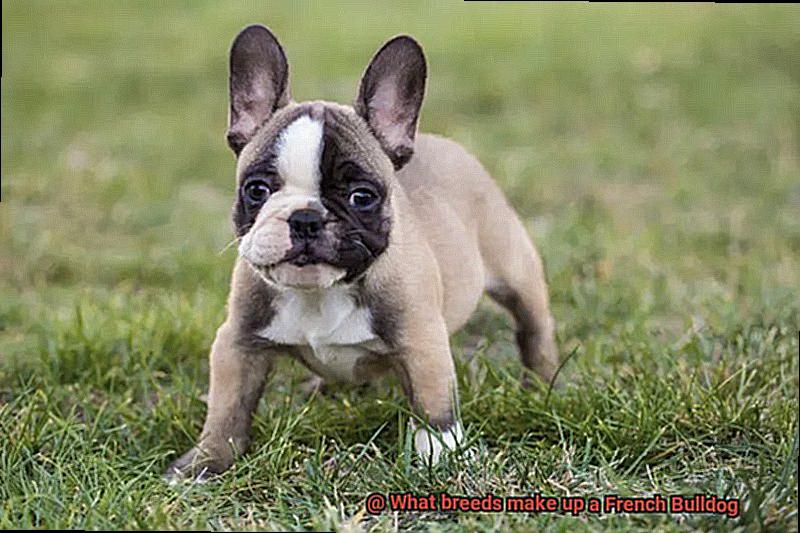
Distinctive Traits and Characteristics:/strong>
- Ears: The French Bulldog boasts erect “bat-like” ears, distinguishing them from the folded ears of the English Bulldog.
- Coat: The French Bulldog sports a sleeker coat compared to the wrinkled skin of the English Bulldog.
- Temperament and Trainability: Both breeds share an affectionate and loyal nature, but the French Bulldog’s smaller size makes it generally more adaptable and easier to train.
The Enduring Legacy:
- Emotional Bond: The inherent charm and friendly nature of both breeds make them excellent companion dogs, forming deep emotional bonds with their owners.
- Compatibility: French Bulldogs, like their English relatives, are known to be great with children and get along well with other pets.
- Intelligence and Trainability: While both breeds possess intelligence, the French Bulldog’s smaller size and agility often make them easier to train and socialize.
How the Industrial Revolution Influenced the Breed’s Development
The Industrial Revolution, a period of immense social and economic change from the 18th to the 19th century, had a profound influence on the development of the French Bulldog breed. Let’s explore how this fascinating era shaped our beloved furry friends.
- Urban Living: As people migrated from rural areas to cities for work during the Industrial Revolution, they needed dogs that could adapt to urban living conditions. The French Bulldog’s small size and adaptable nature made it a perfect fit for cramped city apartments and houses. Their compact size allowed them to comfortably navigate tight spaces, making them practical companions for city dwellers.
- Transportation Convenience: With the rise of trains and carriages as primary modes of transportation, people needed dogs that were easy to transport. The French Bulldog’s small size made it convenient for owners to take their furry friends along on their travels. Whether it was a train ride or a carriage journey, French Bulldogs could accompany their owners without much hassle.
- Breeding for Distinctive Traits: The Industrial Revolution brought about a growing interest in selectively breeding dogs for specific traits and purposes. Breeders started focusing on shaping the French Bulldog’s distinctive features, such as its bat-like ears and short muzzle, which are still characteristic of the breed today. This intentional breeding resulted in the unique appearance that we adore in Frenchies.
- Changing Lifestyles: The increase in urbanization during the Industrial Revolution led to changes in lifestyle and social dynamics. People sought companionship and comfort in their pets, and the friendly temperament of French Bulldogs made them ideal companions for city dwellers. Their ability to get along with other animals and children made them beloved family pets.
Introducing Toy Bulldogs into the Breeding Program
Introducing Toy Bulldogs into the Breeding Program: A Pawsitive Impact on Appearance and Temperament
As a French Bulldog enthusiast and expert, I am excited to share with you the fascinating history of how Toy Bulldogs have influenced the physical appearance and temperament of this beloved breed. So grab a cup of coffee, curl up with your Frenchie, and let’s dive in.
Toy Bulldogs: The Missing Puzzle Piece
Toy Bulldogs, also known as miniature Bulldogs or English Toy Bulldogs, were instrumental in the development of the French Bulldog breed. Their smaller size and delightful personality made them a perfect fit for creating a more compact and portable companion dog.
Size Matters: From Big Bulldogs to Petite Frenchies
One of the key reasons for introducing Toy Bulldogs into the breeding program was to reduce the size of the French Bulldog. With weights ranging between 10-25 pounds, Toy Bulldogs brought a petite stature to the mix, making them highly suitable for crossing with other breeds to achieve smaller offspring.
Aesthetic Makeover: Bat-Ears and Compact Frames
Thanks to their contribution, Toy Bulldogs played a significant role in refining the physical appearance of French Bulldogs. They helped shape the breed’s trademark bat-like ears, which are quite different from the rose-shaped ears of their Bulldog ancestors. Additionally, Toy Bulldogs contributed to achieving a more balanced physique with a broader chest, shorter legs, and a compact frame that we adore in Frenchies.
Sweet Disposition: Friendly and Affectionate
When it comes to temperament, Toy Bulldogs were known for their friendly and affectionate nature. This desirable trait was carefully selected and bred into French Bulldogs to create an ideal companion dog. The result? Frenchies are renowned for their loving and loyal personalities that make them perfect cuddle buddies.
Ancestry Recognition: Not Just Another Breed
While Toy Bulldogs are an essential part of the French Bulldog’s ancestry, it’s important to note that they are not recognized as a separate breed by major kennel clubs. Instead, they are considered a vital ingredient in the recipe that created the French Bulldog we know and love today.
As an expert in French Bulldogs, I can assure you that breeders have meticulously selected and bred Toy Bulldogs with other breeds to maintain desirable characteristics while ensuring the health and well-being of the resulting offspring. This careful selection process has laid a strong foundation for the French Bulldog breed.
In conclusion, the introduction of Toy Bulldogs into the breeding program of French Bulldogs has had a significant impact on their physical appearance and temperament. Their smaller size, distinct ears, and friendly nature have become defining characteristics of this breed. So, next time you gaze into your Frenchie’s adorable bat-like ears, remember to thank the Toy Bulldogs for their paw-sitive influence.
Refining the Features of a French Bulldog
When it comes to French Bulldogs, their unique features make them stand out from the crowd. Their compact and muscular body, large square-shaped head, and bat-like ears are all characteristics that have been carefully refined through selective breeding over many generations. As an expert in this field, I can provide insights into how these features came to be.
The Bulldog’s Contribution:
The Bulldog is one of the primary breeds that make up a French Bulldog. They have contributed to the sturdy and muscular build of the French Bulldog, as well as its broad chest and strong legs. These traits give French Bulldogs their distinct appearance and contribute to their overall strength and agility.
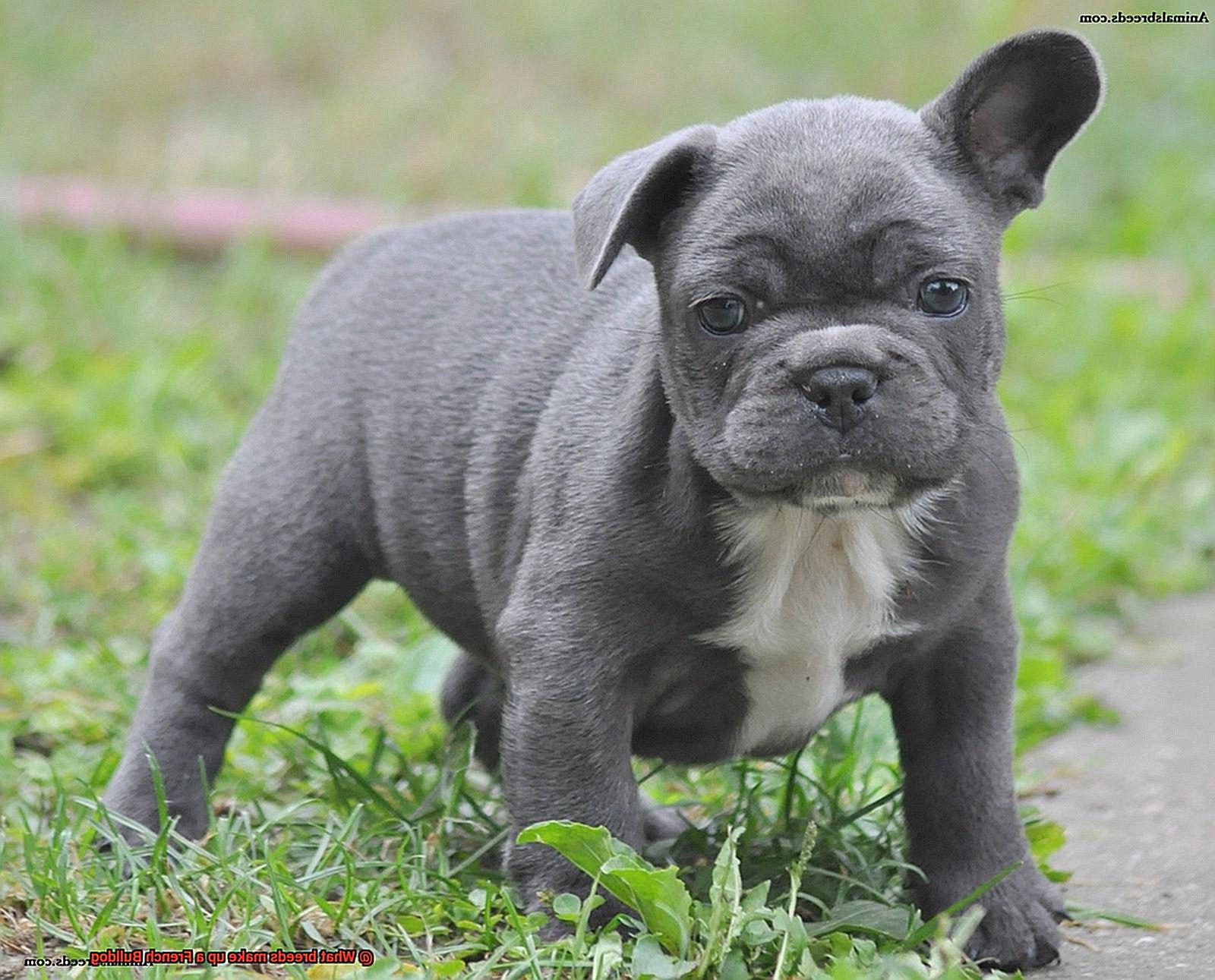
The Pug’s Influence:
Another breed that played a significant role in refining the features of the French Bulldog is the Pug. The Pug is believed to have been introduced to add the characteristic flat face, rounded forehead, and short muzzle that are iconic to French Bulldogs. These features give them their adorable and expressive faces that melt hearts everywhere.
The Terrier’s Touch:
While not as prominent as the Bulldog and Pug, the Terrier may have played a role in refining the overall size and shape of the French Bulldog. Additionally, Terriers may have contributed to their lively and playful temperament, adding a touch of spunk to their personality.
Genetic Diversity:
It’s important to note that while these three breeds have had a significant impact on shaping the French Bulldog, each individual dog may exhibit variations in appearance due to genetic diversity. This diversity ensures that there is room for individuality within the breed.
Preserving Breed Standards:
Breeders play a vital role in continuing to refine and enhance the features of French Bulldogs while maintaining overall breed standards. They carefully select for desirable traits such as size, body structure, and temperament, ensuring that future generations of French Bulldogs exemplify the breed’s unique characteristics.
In conclusion, the features of a French Bulldog have been refined through selective breeding over many generations. The Bulldog, Pug, and Terrier have all played significant roles in shaping their distinctive physical traits and playful personalities. Breeders continue to carefully select for desirable traits while preserving breed standards, ensuring that French Bulldogs remain the adorable and lovable companions we know and love today.
Current Breeding Programs for French Bulldogs
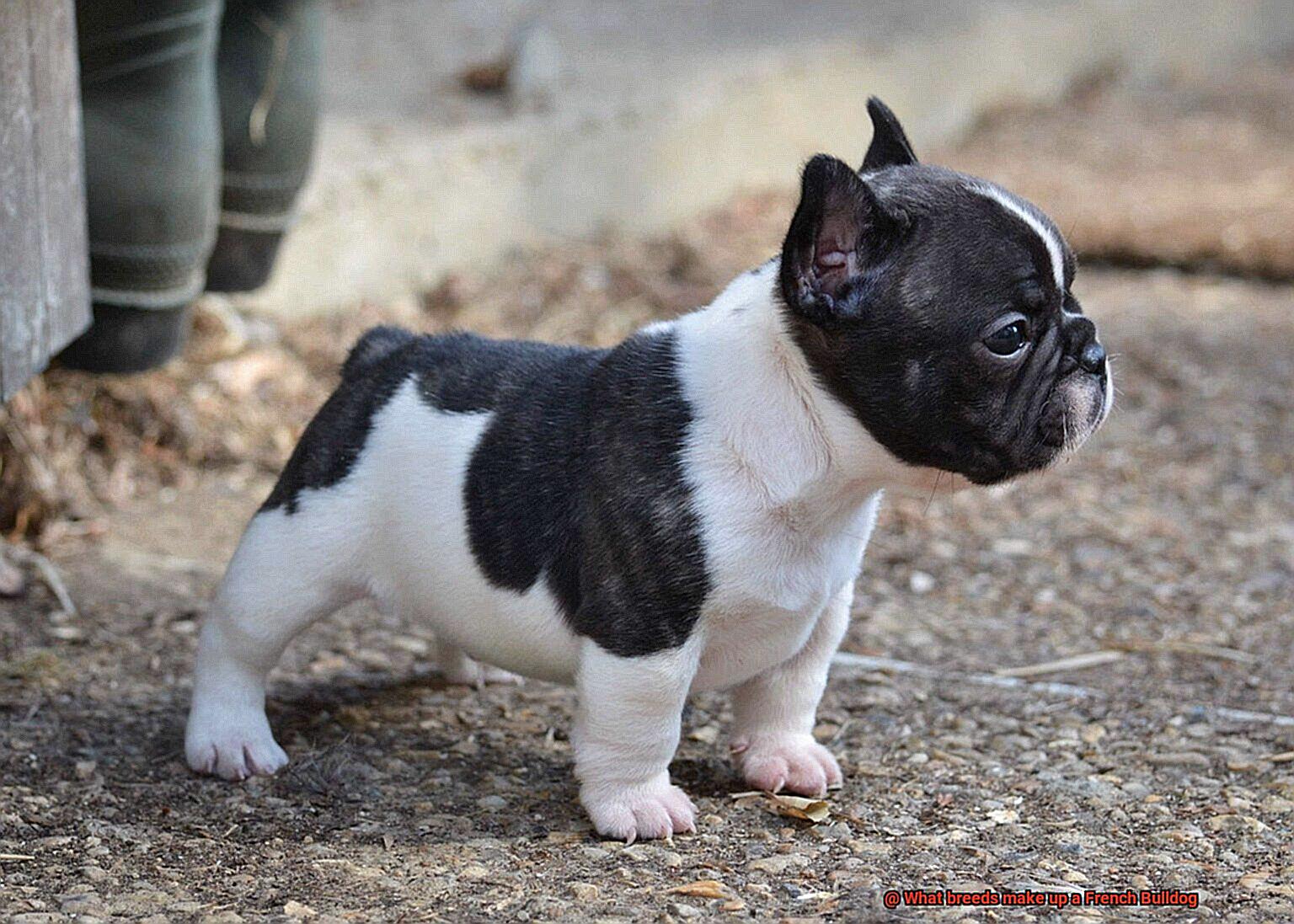
Like any breed, they have their share of health concerns. In recent years, breeding programs for French Bulldogs have evolved to address these issues and create a healthier future for these beloved companions.
Health Screening Protocols:
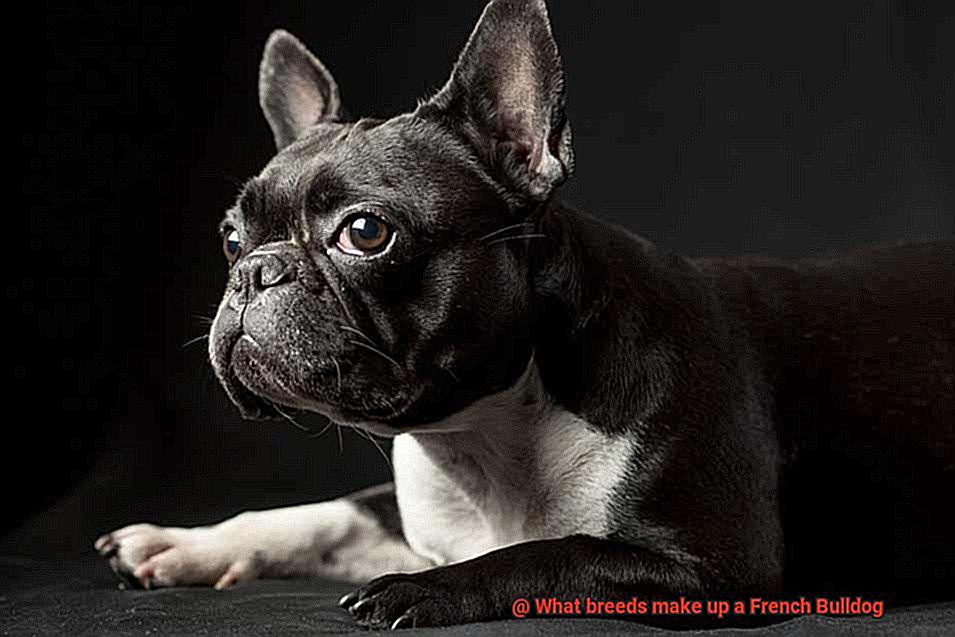
Responsible breeders are implementing stringent health screening protocols to ensure that breeding dogs are free from hereditary diseases. This includes thorough health tests for brachycephalic airway syndrome, intervertebral disc disease, hip dysplasia, and eye conditions. By breeding only healthy dogs, breeders can reduce the risk of passing on genetic disorders to future generations.
Focus on Structure and Conformation:
Breeders are now selecting dogs with more moderate features, such as a slightly longer muzzle and a less exaggerated brachycephalic face. This promotes better mobility and reduces physical limitations commonly associated with the breed.
Genetic Diversity:
To combat the risk of inherited health issues caused by inbreeding, responsible breeders are incorporating outcrossing strategies. By introducing bloodlines from other breeds, they broaden the gene pool and reduce the likelihood of genetic disorders while maintaining the distinctive characteristics of French Bulldogs.
Advanced Reproductive Technologies:
The use of artificial insemination and embryo transfer techniques allows breeders to optimize breeding outcomes by selecting the best genetic matches while reducing the risk of health issues. These technologies have revolutionized breeding programs and ensure that only the healthiest and most desirable traits are passed on.
Collaboration and Support:
Responsible breeders actively participate in breed clubs and organizations dedicated to promoting ethical breeding practices. They contribute to health research initiatives, share knowledge and information, and work together to continuously improve the breed’s overall health and well-being.
Conclusion:
Today’s breeding programs for French Bulldogs are focused on creating healthier dogs with improved structure, genetic diversity, and reduced risk of inherited diseases. By prioritizing the health and well-being of these beloved companions, responsible breeders are ensuring a brighter future for French Bulldogs and their dedicated owners.
Established Breed Standards for French Bulldogs
French Bulldogs, with their adorable bat-like ears and compact build, have become increasingly popular as pets in recent years. But what exactly are the breed standards for these lovable dogs? In this article, we’ll dive into the established breed standards for French Bulldogs, giving you a better understanding of what makes them unique.
Size and Proportion
According to the American Kennel Club (AKC) breed standard, French Bulldogs should be small and muscular, with a weight range of 16-28 pounds. They should have a square-shaped body, with a deep chest and well-developed shoulders. This compact build is one of the defining characteristics of the breed.
Head Shape and Features
The head of a French Bulldog is another distinctive feature. It should be square-shaped, with a flat skull and a short muzzle. The eyes should be dark and expressive, giving the dog an alert and intelligent look. The ears are typically bat-like, set high on the head, and should be carried erect.
Coat Type and Colors
French Bulldogs have a short and smooth coat that is easy to maintain. The breed standard accepts various colors and patterns, including brindle, fawn, white, cream, and pied (a combination of white with any other color). However, it’s important to note that some colors are not acceptable for showing purposes.
Movement and Temperament
French Bulldogs should have a free and effortless gait when they move. Their movement should exhibit good reach and drive, showing off their athletic abilities despite their small stature. In terms of temperament, French Bulldogs are known for being affectionate, friendly, and adaptable. They make excellent companion dogs due to their loving nature.
Variations within the Breed
While breed standards provide guidelines for evaluating French Bulldogs in conformation shows, it’s important to remember that not all dogs will perfectly meet these standards. Variations in appearance can occur, and breeders aim to produce puppies that conform as closely as possible to the standards while also prioritizing the overall health and well-being of the dogs.
Debate within the Community
It’s worth noting that there is ongoing debate within the French Bulldog community regarding certain aspects of the breed standards. Some argue for changes to promote better health and welfare, such as breeding for longer muzzles to address respiratory issues common in brachycephalic breeds. These discussions highlight the importance of balancing breed standards with the overall health and well-being of the dogs.
JowI86FFQy4″ >
Conclusion
In conclusion, the French Bulldog is a delightful breed that boasts a fascinating heritage.
Its lineage can be traced back to various breeds, including the English Bulldog and the Toy Bulldog. These unique combinations have resulted in the distinctive appearance and charming personality that we associate with French Bulldogs today.
By understanding their genetic makeup, we gain insight into their physical traits and temperament.
